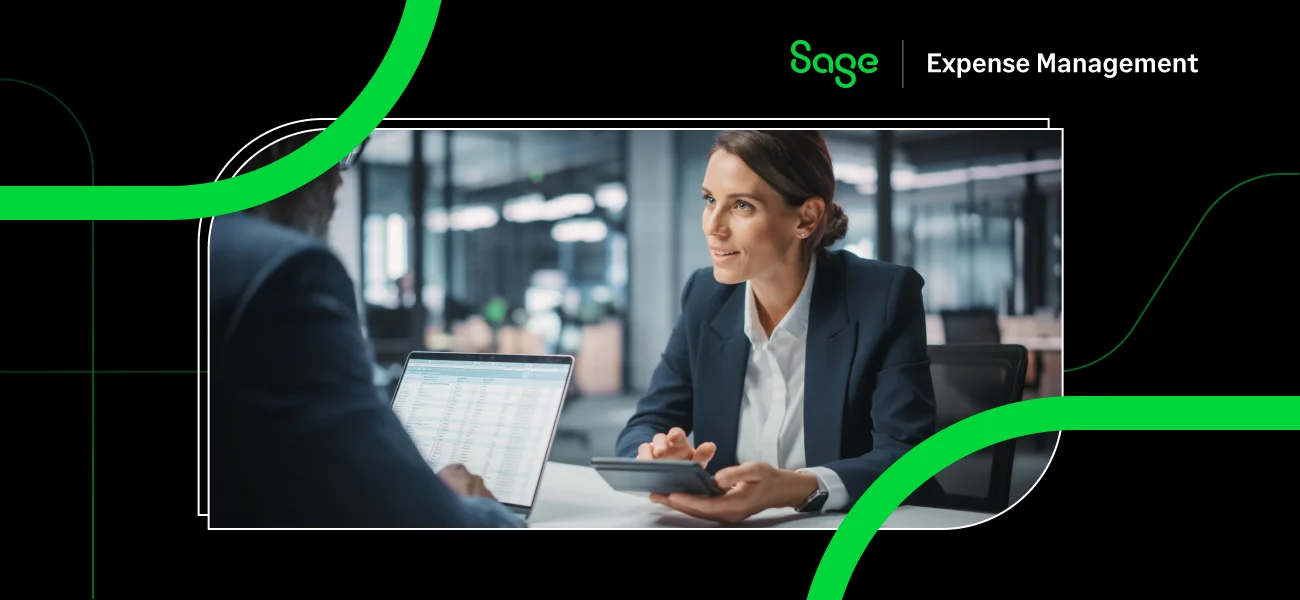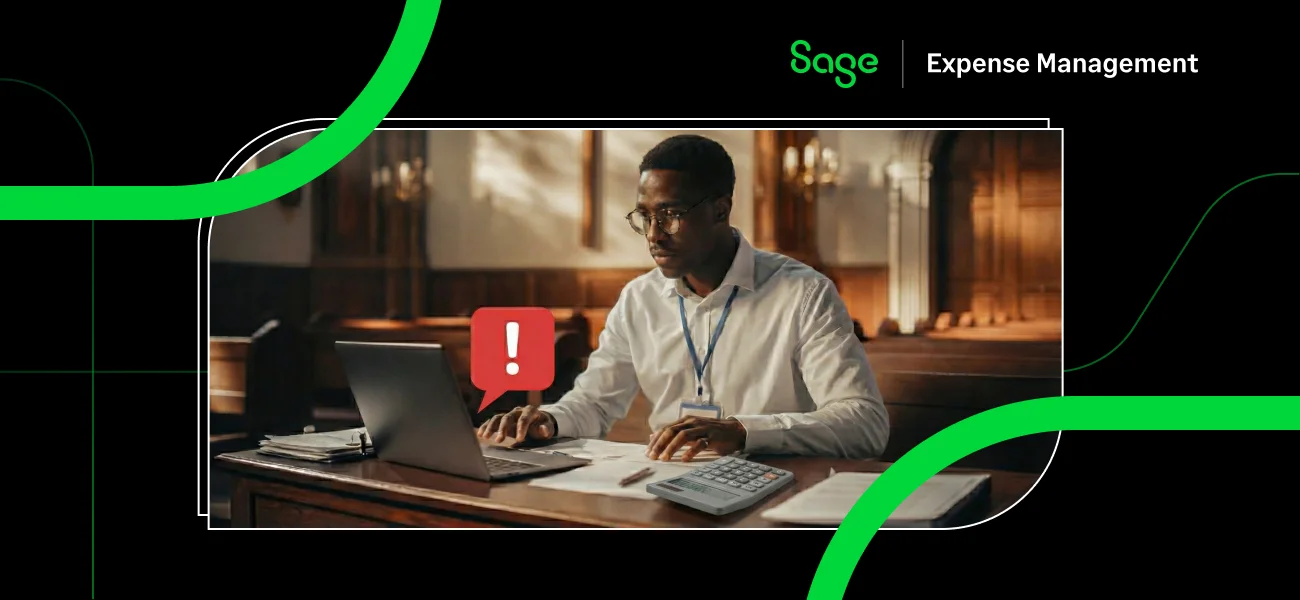Invoice accounting is one of the most crucial components of any business that must be taken seriously.
Why? Because an invoice carefully outlines all costs associated with a service or purchase, so customers are well aware of their total payments due. Formulating a strategy to create and deliver accurate invoices ensures timely payments. It'll also regulate your cash flow, relieve accounting headaches, and save time on mundane tasks.
Here are 12 tips that can help you optimize your invoicing process:
Utilize an Invoice Software
Invoice software can transform how you manage invoices by speeding up repetitive tasks such as generating invoices, tracking payments, and sending reminders. You can also easily create invoices using pre-designed invoice templates, making the invoicing process faster and more efficient for your business. Doing so can save precious time that accountants can divert into more critical activities.
Consistent invoicing with the help of your software will lead to consistent payments. It’ll also make your accounting and bookkeeping processes incredibly straightforward, allowing you to compare cash flow projections with actual revenue effortlessly.
A prime benefit of using an invoice generator is the minimal risk of human error. Compared to manual invoice creation, you can rest assured that your process runs smoothly without any costly mistakes. You can also rely on pre-made templates for quick setup.
Automate Accounting & Invoice Management
The best way to streamline your invoice management is by leveraging accounting automation.
It's a process to automatically track & update invoices, sales, and payments in your accounting software without any manual intervention. Whether you are using QuickBooks, Xero, or Sage, you need to update & maintain your accounts on a timely basis to avoid errors, pay taxes on time, and track debits & credits.
When you automate generating and updating invoices, it'll not only reduce your manual efforts significantly, but it'll also cut down the time you spend on bank reconciliation. Though the initial setup may take a little time, you'll reap its rewards for many quarters ahead.
Suggested Reads: 5 Financial Processes Your Must Automate For Your Remote Team
Craft Professional Invoices
Invoices should be simple but also professional at the same time.
To ensure a seamless transaction, it's important that your invoice is detailed and comprehensive. This will help avoid any misunderstandings with your client or customer. In addition, poorly crafted invoices can lead to late payments, which may need fixing, especially for small businesses.
Whether you use an invoice software or manually create them in a spreadsheet, make sure all your invoices include the following:
- Your business name, logo, and address
- Invoice date
- Invoice number
- Customer name
- A detailed list of items or services provided
- Total amount due
- Due date
- Contact details.
Establish your Payment Terms Early On
Before starting a job or project, discuss the payment terms with your customer and ensure everyone is on the same page. Invoices should be clear about when payments are due and how late fees will be applied if necessary.
It’s best to send out a written estimate before any work is undertaken, then provide an invoice upon completion. This helps your clients clearly understand the expectations and eliminate any potential mishaps.
It will also accelerate your payments from your customer's end without hassle.
Apply a Late Fee on Delayed Payments
Invoices should clearly state any late fees that may be applicable if not paid on time. This will help to ensure timely payments and encourage customers to pay their invoices without delay.
It's essential to have a well-defined plan in place for customers who cannot make their payments on time, which should be included in your initial quotation. Plus, fixed amounts for late fees are more commonly used instead of percentages.
This fee should be reasonable; you don't want to alienate your clients. However, it should be a manageable size too. It simply demonstrates that you hold yourself and your clients to the same standards of accountability.
Suggested Reads: How to Improve Your Business's Financial Position
Make Payments Simple & Effortless for Customers
The easier you make your payment process, the merrier your customers will be.
Offering your customers the ability to pay you online can be an advantage for both them and you. Not only is it easier on their end, but it's also more efficient for you to receive payments on time.
For better invoice management, ensure invoices are sent through postal mail or fax. Also make sure to use words and phrases that are easily understandable. For example, terms like "net 30" may be common within the business community, but there is no assurance that your customers are aware of such terms.
Provide Multiple Payment Methods
An often overlooked factor in late invoice payments is the payment method available.
Organizations that only allow a single form of payment face numerous difficulties with their accounts receivables; your customer prefers to pay via digital payments, and you take only cheques or cash.
To encourage timely payments, make sure your customers have multiple payment options, such as direct debit, Stripe, PayPal, credit cards, or wire transfers.
Depending on the size of your business, some payment platforms charge either a percentage or a flat monthly fee - so make sure to conduct research before deciding which platform works best with your company’s needs.
Some invoicing software will let you enable payments via PayPal, Stripe, or credit card and even automatically increase an invoice to cover the credit card processing fees.
It's also a best practice to discuss the most suitable payment method with your clients before sending out the invoice.
Send Follow-Up Invoices Promptly
If a customer fails to pay the invoice on time, be sure to send a follow-up invoice promptly.
Refrain from calling or emailing your customers as your first choice for follow-up payments. Automated payment reminders or follow-up invoices are a far more professional way of contacting customers and reminding them about due invoices. It also ensures your business maintains a positive reputation.
If your customers still need to make the payment after multiple reminders, you can personally follow up to understand why your invoices are still unpaid.
Also, when you are invoicing for a recent product or service, include any unpaid invoices as well. This way, your customers will be gently reminded to settle all their dues.
On the contrary, do offer discounts for all early payments your customers make. In fact, encourage your customers to pay well ahead of time. These small yet significant steps can negate any cash flow issues in the future.
Avoid Rookie Invoicing Mistakes
Sending the invoice to an incorrect recipient can be a rookie mistake. Instead, it's best to ask upfront about the main point of contact that will receive your invoices—this way, you can get paid quickly and efficiently without unnecessary back-and-forth communication.
Scheduling invoices on days that are inconvenient can be a significant hassle. It means you should avoid sending your invoices on holidays and weekends. Instead, establish a payment schedule that works for you and the client, then adhere strictly to it.
Avoid waiting until invoice time to figure out your costs; instead, maintain a running log, so the figures are accessible when you require them. Doing this will help you stay efficient and productive. If the total costs are over the agreed budget, then it's best to inform your client about the same instead of sending them an expensive invoice.
Diligently Maintain Invoice Records
Keeping a record of all your invoices is critical for payments and your accounting and bookkeeping purposes. It's essential to keep a copy of all your invoices - electronic or paper ones - for your own record.
Use an invoice software system that lets you see and access records easily. This will help you save time and make sure the records are accurate. Moreover, you can access your invoices instantly at any time with just a few clicks.
If you don't have access to software, you can easily store digital versions of your invoices on your computer or create a spreadsheet with all the information.
However, under no circumstance do not resort to shoebox accounting or storing your invoice copies in some office cabinet.
Suggested Reads: Your complete guide to VAT and HMRC compliance
Audit Your Accounts Payables and Receivables
Conduct regular audits of your account payables and receivables. It's preferable to use the services of an accountant during this process. However, if you have an internal finance team, work with them to perform these audits.
During these audits, set strict deadlines for accounts receivables and payables to ensure smooth financial operations.
Many small businesses practice the habit of making and receiving payments on certain days of the week. This allows their accounts payable team to double up as the accounts receivable team, which reduces invoice workloads and ensures that cash flow is managed smoothly. By embracing this strategy, companies can safeguard against financial disruptions while increasing efficiency.
Analyze the system for any warning signs of poor cash flow. For example, are digital payments reliable, or can you use another method? Is your processing procedure precise, or are there unnecessary delays? Have any vendors submitted multiple invoices? Can more automation be included in the balance transfer process? Constantly consider these questions to lead you down the right path.
Suggested Reads: 6 Ways Businesses Can Automate Their Accounts Payable Process
Maintain Constant Communication
Invoice accounting generally involves a lot of back-and-forth communication between both parties involved in the process, so it’s crucial to maintain constant communication with your customers. Be sure to respond quickly to any inquiries or questions about payments and keep them informed of any changes or updates related to their invoices.
Adding a customized note or simply expressing your gratitude on an invoice can yield substantial benefits. It displays that you are trustworthy and dependable, making you the ideal business partner.
Reminders for payments should be sent out on the due date, followed by a weekly reminder until payment is received. However, if you're involved in a long-term project, it's advisable to keep them updated on the progress of the project and any additional charges that may have been incurred during the process. Doing so will provide a better client experience.
More importantly, always maintain the same point of contact for billing affairs. Establishing a connection with one person will help in resolving any misunderstandings that may arise.
Follow These Tips for Better Invoice Accounting
Incorrect management of invoice data can prove to be an expensive mistake. A lot of money will be at stake when invoices go missing, errors remain undetected, or audits fail to meet the expected standards.
That's why it's critical to establish a robust invoice accounting and management system.
Following these tips can go a long way towards helping streamline your invoice accounting process, making it easier to manage and more efficient. Invoice management should be a priority for any business, so ensure you are prepared by setting clear payment terms and utilizing the right tools and technology. With the right approach, you can provide timely payments and stay on top of your accounts receivables. Happy invoicing!



















